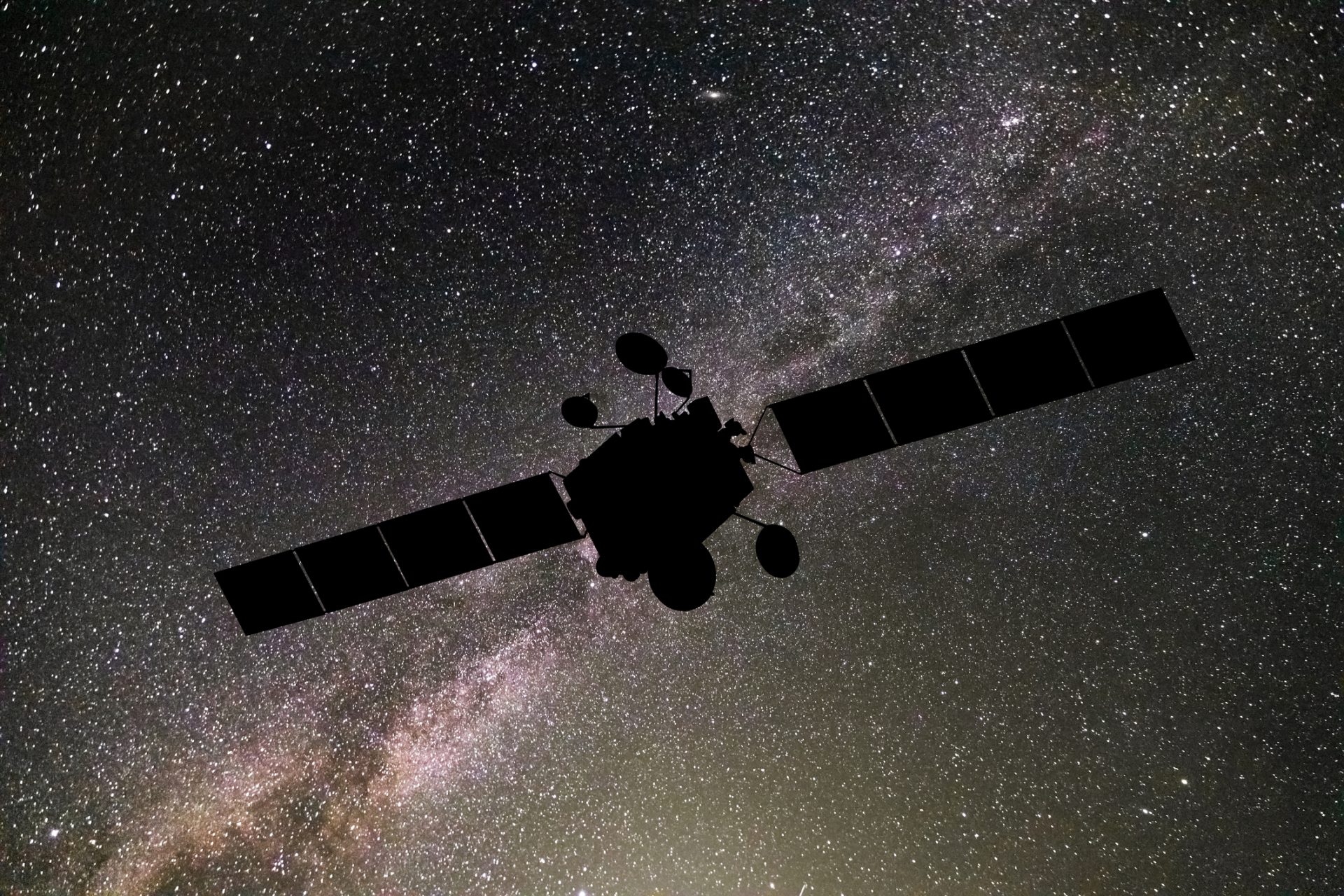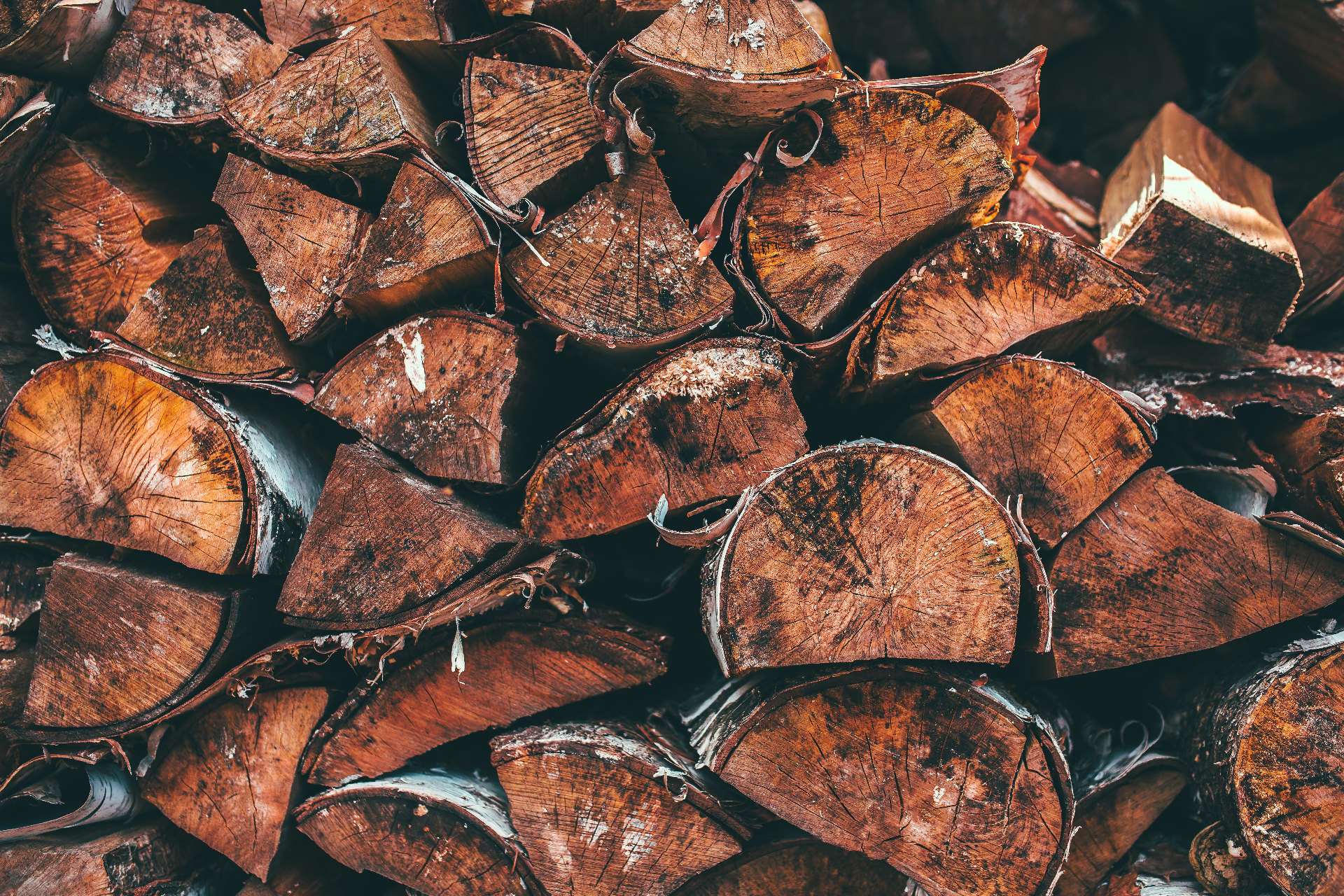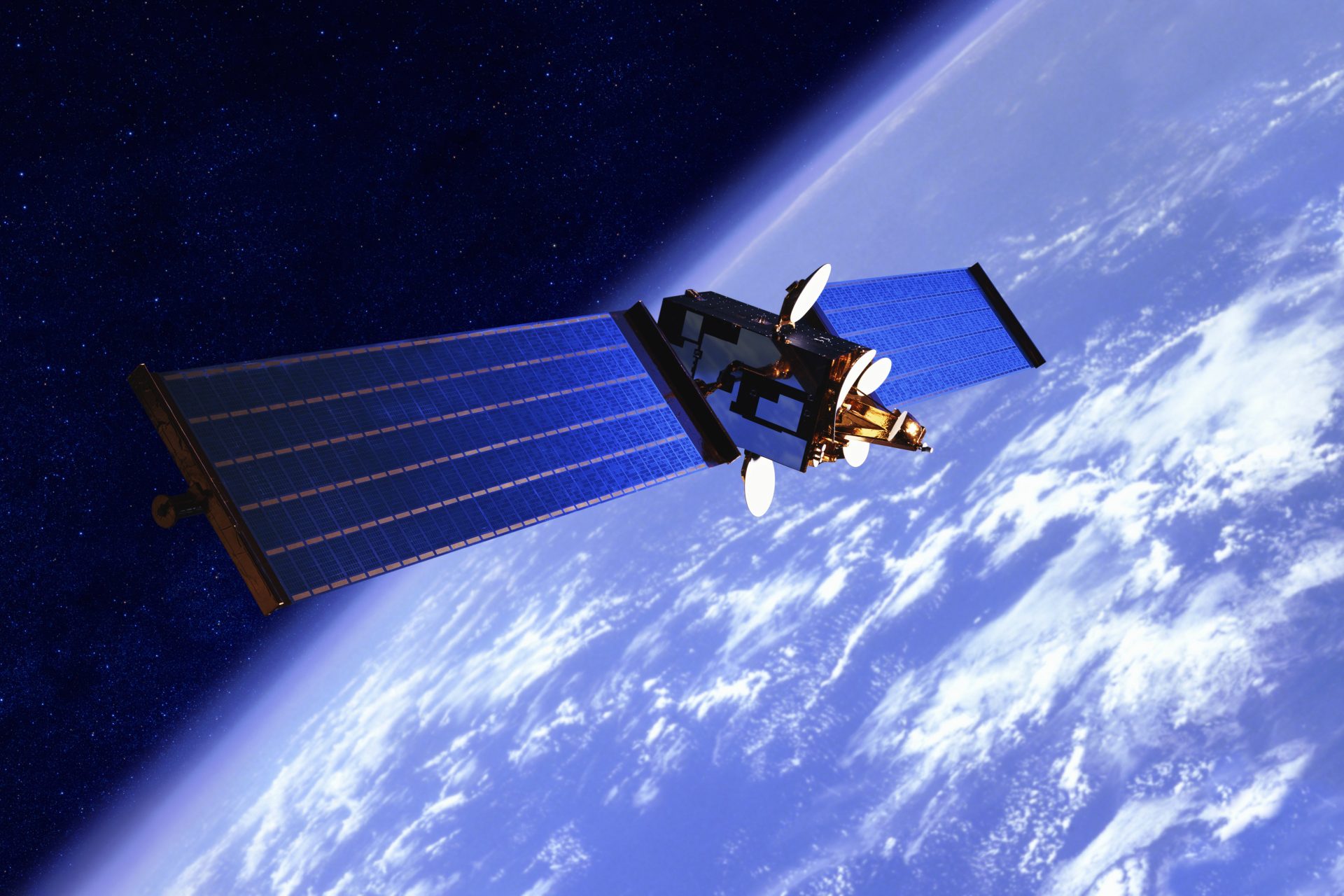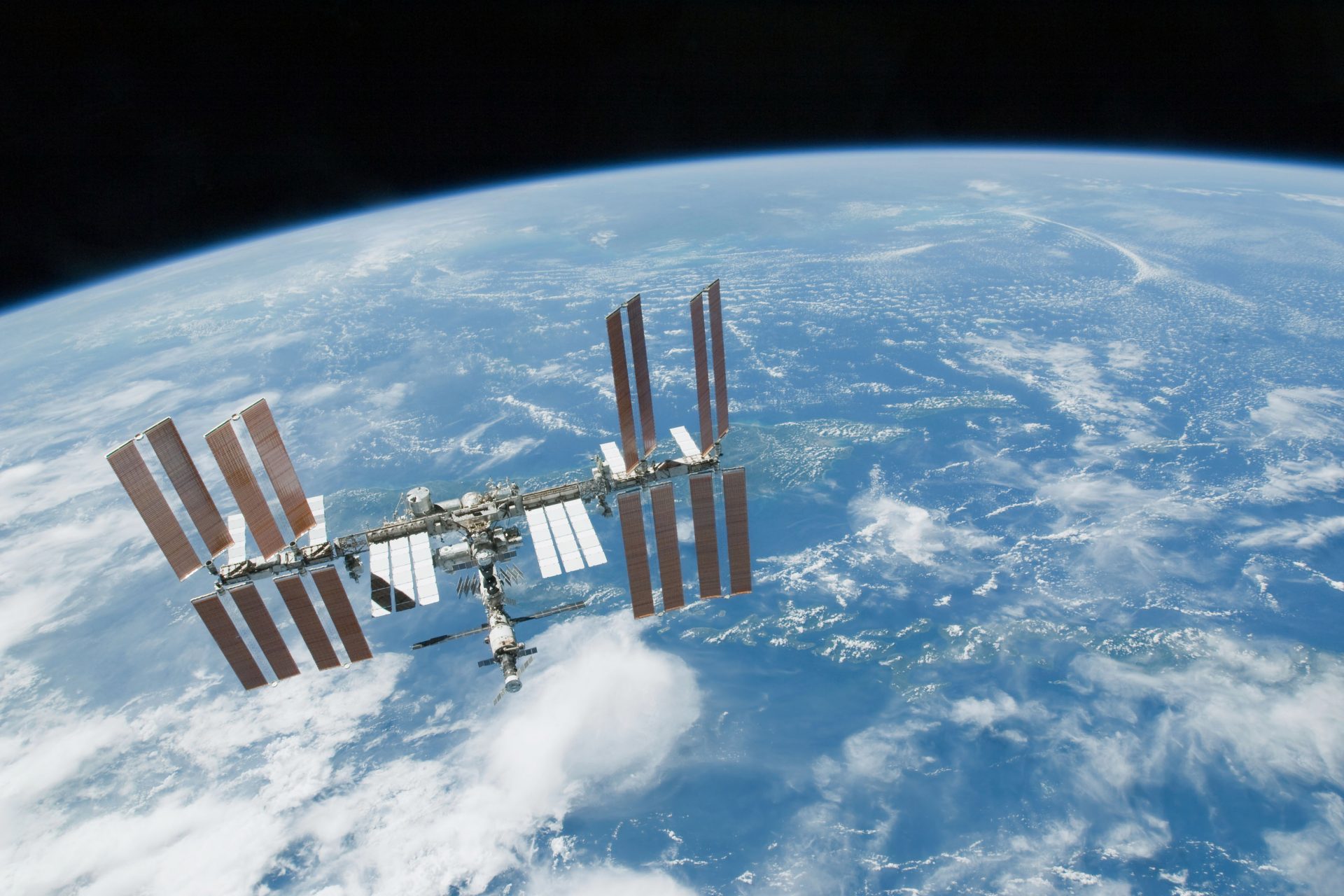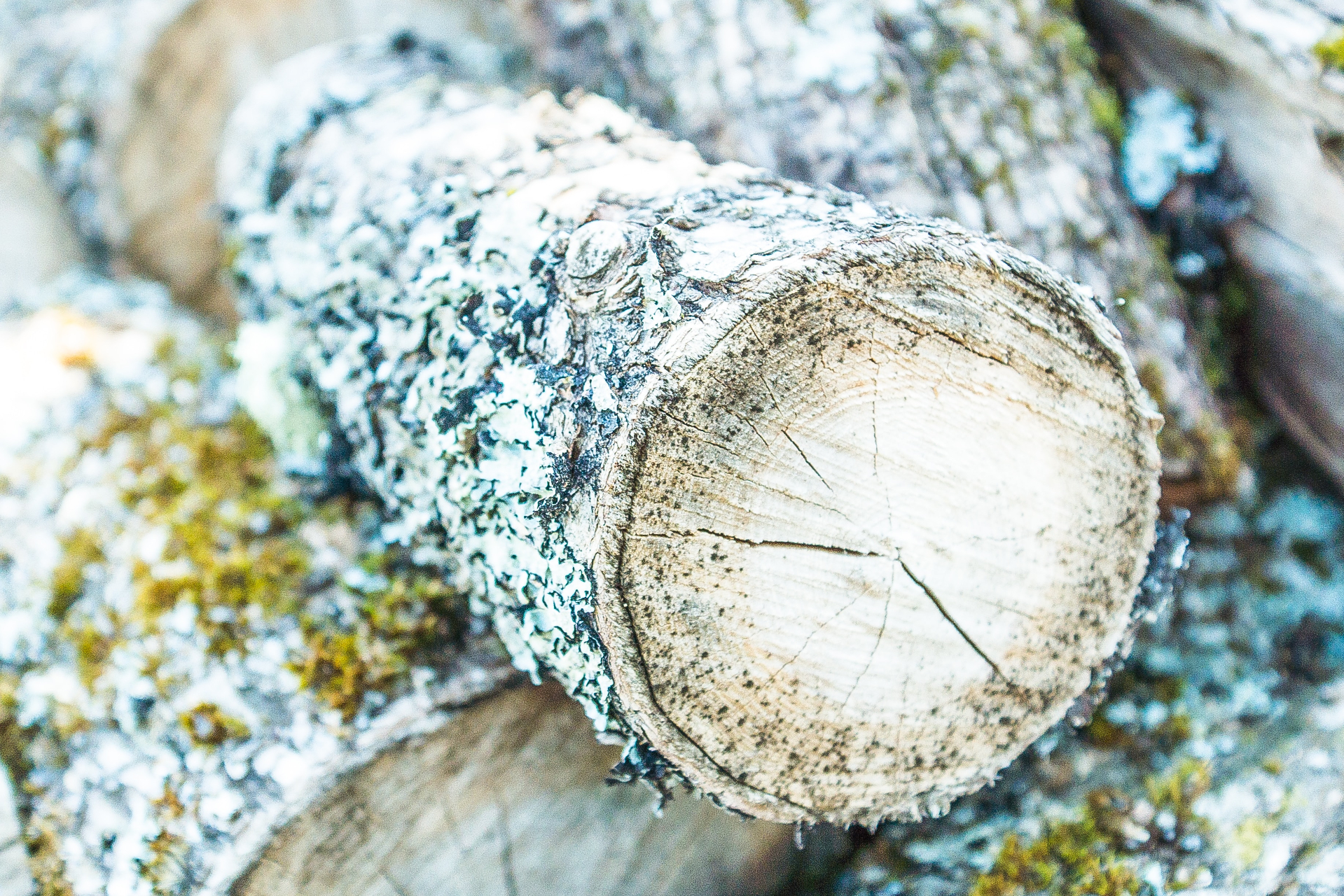NASA and JAXA plan to send a wooden satellite into space next year
The Japanese Space Agency (JAXA) and NASA are planning to launch the first wooden satellite into space in the summer of 2024. It is called LignoSat.
The artifact came from an international collaboration between a research team at Kyoto University in Japan, the country's space agency, and NASA.
Koji Murata at Kyoto University is researching using biological materials in space. The scientist told CNN it all started when he wondered if he could build a wooden house on the moon.
But, for now, his research aims to send a more sustainable satellite to our atmosphere. Wood could be a successful replacement for metals.
Image: Jacob Miller / Unsplash
According to Space magazine, 8,440 metric tons of space objects are orbiting Earth. That includes space junk such as inoperative satellites or their broken parts.
These pieces of metal pose a risk to the ISS because they move at thousands of miles per hour and can damage the station. They also are shiny and affect astronomers' ability to watch the sky.
But even if metal satellites fall back into Earth when their service life finishes, they can affect the atmosphere. When they enter the atmosphere, they burn and leave small metal particles.
A National Oceanic and Atmospheric Administration (NOAA) study cited by CNN found that 10% of atmospheric aerosol contained metallic particles from satellites and other space junk.
Wood, on the other hand, turns into a gas when it burns. So it would not leave this tiny metal particles in the atmosphere. It also would not reflect light and is a cheaper material.
Koji Murata told CNN that wood is the perfect material for space. It has a strength-to-wait ratio similar to aluminum, the most common satellite material.
Plus, all the problems we face on Earth with wood construction would be gone. There is no oxygen in space, so it can not burn. There are also no organisms to deteriorate the material.
The team already had a successful trial with wood in space. Earlier this year, they conducted strength and durability tests on the ISS.
For the test, the team sent three samples of different types of wood to the ISS: Birch, cherry, and magnolia. The samples were exposed to space and resisted.
Image: Kim Andre Fladen / Unsplash
According to Space magazine, the team finally settled on magnolia because it is easier to manipulate. The process must be simple as this is only the first try.
The satellite will also be very simple. It is a cube-shaped artifact around the size of a coffee mug. The team will monitor the object for a minimum of six months, the lead scientist told CNN.
If it performs well in harsh space conditions, especially extreme temperature changes, we could be looking at the future standard material for satellites.
More for you
Top Stories



